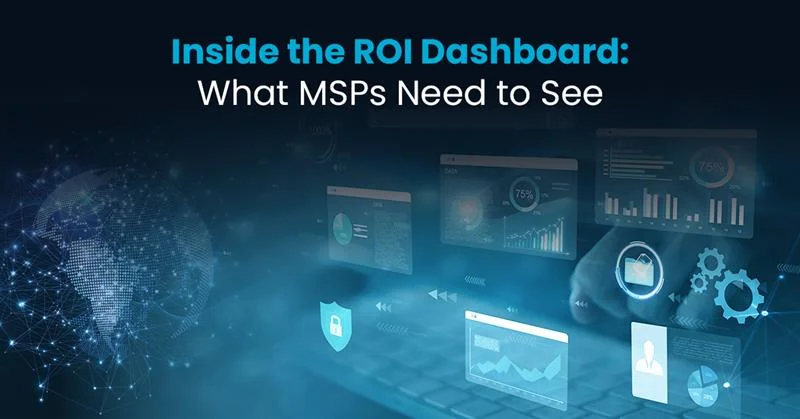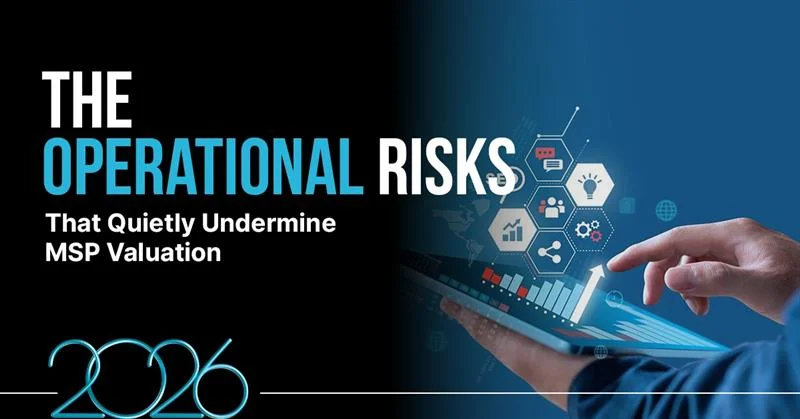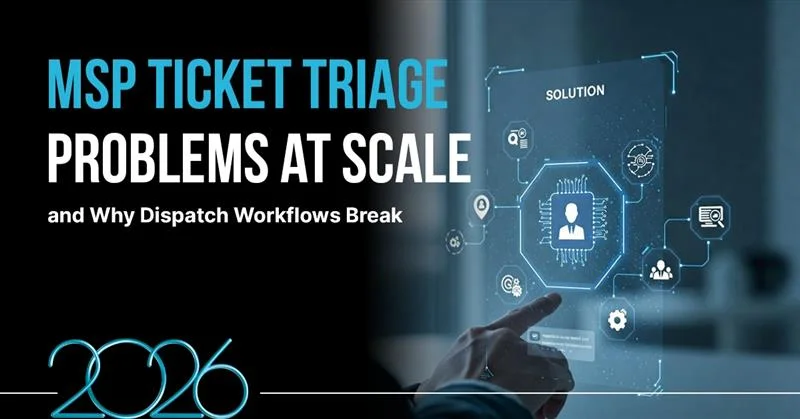Server decisions keep IT managers awake at night. Should you invest in expensive physical hardware or embrace the flexibility of a virtual server? As per a Maximize Market Research study, with the virtual server market projected to grow from $4.92 billion in 2023 to $13.49 billion by 2030, businesses are clearly voting with their wallets. But what exactly drives this virtual revolution?
Let’s cut through the technical jargon and explore what is a virtual server, how it stacks up against traditional physical servers, and why your infrastructure strategy might need a serious rethink.
What Is a Virtual Server? Understanding Virtual Infrastructure
A virtual server is essentially a software-based computer that runs on physical hardware but operates independently from the underlying machine. Think of it like having multiple apartments in a single building – each virtual server gets its own “space” while sharing the same foundation.
Here’s how virtual infrastructure works:
- Hypervisor technology creates and manages multiple virtual environments on one physical machine
- Resource allocation divides CPU, memory, and storage among different virtual servers
- Guest operating systems run independently without knowing they’re sharing hardware
- Abstraction layer separates the software from physical components
The magic happens through virtualization software like VMware vSphere or Microsoft Hyper-V. These platforms turn one powerful physical server into multiple virtual servers, each capable of running different applications and operating systems simultaneously.
How Virtual Servers Transform Business Operations
Virtual infrastructure fundamentally changes how organizations approach IT. Instead of buying separate physical servers for email, databases, and web applications, a single virtual server host can run multiple workloads efficiently.
Key transformation benefits:
- Instant deployment of new virtual server instances
- Dynamic resource adjustment based on demand
- Simplified disaster recovery through virtual server snapshots
- Centralized management of entire virtual infrastructure
Physical Servers Explained: Traditional Infrastructure Foundation
Physical servers represent the traditional approach – dedicated hardware running a single operating system. These bare metal machines offer direct access to CPU, RAM, storage, and network resources without any virtualization layer.
Physical server characteristics:
- Complete hardware control and dedicated resources
- Direct hardware-to-OS relationship for maximum performance
- Single-tenant architecture with no resource sharing
- Predictable performance under all conditions
Physical servers excel in scenarios requiring consistent, high-performance computing power. They’re the workhorses handling mission-critical databases, high-frequency trading systems, and resource-intensive applications that demand every ounce of available power.
When Physical Servers Still Rule
Despite virtual server advantages, physical servers maintain their relevance in specific use cases. Bare metal servers can provide better performance than virtual servers because resources aren’t shared with other users.
Virtual Server vs. Physical Servers: 8 Critical Differences
Let’s examine the key battlegrounds where virtual servers and physical servers compete for your IT budget and business requirements.
- Cost Structure: Virtual servers win the initial cost battle dramatically. Where originally 10 or 15 servers were needed, a single physical server could run 10 or 15 VMs, creating immediate hardware savings. However, licensing costs for virtualization software can add up.
- Performance Comparison: The performance battle goes to the physical server in most scenarios. Physical servers deliver consistent performance without the overhead of hypervisor layers or resource contention from neighboring virtual machines.
- Scalability and Flexibility: Virtual servers dominate here. Need another server? Deploy a virtual server in minutes rather than waiting weeks for physical hardware procurement and installation.
- Resource Utilization: Virtual infrastructure dramatically improves resource efficiency. Most physical servers run at 10% to 15% CPU utilization, while virtual server consolidation can push utilization rates to 70% to 80%.
- Disaster Recovery and Backup: Virtual servers excel in disaster recovery scenarios. Virtual machine snapshots, live migration, and instant backup capabilities make recovery processes faster and more reliable than traditional physical server restoration methods.
- Maintenance and Updates: Physical servers require hands-on maintenance, hardware replacement, and scheduled downtime for updates. Virtual servers can be patched, updated, and maintained with minimal disruption through live migration and rolling updates.
- Security Architecture: Physical servers provide complete isolation and dedicated security boundaries. Virtual servers share underlying hardware, creating potential attack vectors through hypervisor vulnerabilities and shared resource exploitation.
- Energy Consumption and Space: Virtual server consolidation dramatically reduces power consumption and data center footprint. Multiple virtual servers running on single physical hardware consume significantly less electricity and require less cooling than equivalent physical servers.
Virtual Server Advantages in Modern Workloads
Virtual servers shine in dynamic environments where requirements change frequently. Development teams love spinning up virtual server instances for testing, then destroying them when projects complete.
Top virtual server advantages:
- Zero hardware procurement delays
- Elastic scaling based on demand
- Simplified backup and disaster recovery
- Better resource allocation efficiency
When Physical Servers Outperform Virtual Infrastructure
Physical servers are far superior to virtual servers in terms of performance for specific workloads. High-performance databases, real-time processing systems, and applications requiring guaranteed resources still prefer physical hardware.
What Are the Main Virtual Server Advantages for Businesses?
The virtual server revolution didn’t happen by accident. Smart businesses recognize that virtual server advantages extend far beyond simple cost savings.
- Cost Efficiency: The virtual server emerges victorious in the cost battle when considering total cost of ownership. Reduced hardware purchases, lower power consumption, and decreased data center space requirements add up quickly.
- Operational Flexibility: Virtual servers adapt to business needs in real-time. Scale resources up during peak periods, scale down during quiet times, and reallocate capacity where needed without touching physical hardware.
- Disaster Recovery Simplification: Virtual server snapshots and replication make disaster recovery planning straightforward. Instead of complex physical server restore procedures, virtual infrastructure enables rapid failover and recovery.
- Environmental Impact: Server consolidation through virtual infrastructure reduces power consumption and cooling requirements. SMEs held 73% market share in 2024, largely due to virtual server cost-effectiveness and environmental benefits.
Virtual Infrastructure Benefits for Development Teams
Development and testing environments particularly benefit from virtual server flexibility. Developers can quickly provision virtual servers matching production specifications, test applications, and tear down resources when finished.
Why Physical Servers Still Matter in the Virtual Infrastructure Era
Before you completely abandon physical servers, consider scenarios where dedicated hardware remains essential. Mission-critical applications, compliance requirements, and performance-sensitive workloads often mandate physical server deployments.
Physical servers provide consistent and predictable performance, making them ideal for resource-intensive applications. They also offer complete isolation, eliminating the “noisy neighbor” problem common in virtual environments.
Physical server strengths:
- Maximum performance for demanding applications
- Complete security isolation
- Regulatory compliance advantages
- No hypervisor overhead or licensing costs
How to Choose Between Virtual Server and Physical Servers
The virtual server versus physical server decision isn’t binary. Most organizations deploy hybrid approaches, using virtual servers for general workloads and physical servers for specialized requirements.
Decision framework considerations:
- Performance requirements: How much consistent power do your applications need?
- Budget constraints: What’s your capital expenditure versus operational expenditure preference?
- Scalability needs: How frequently do resource requirements change?
- Compliance obligations: Do regulations mandate physical isolation?
Start with virtual infrastructure for most workloads, then identify specific applications requiring physical server performance. This approach maximizes virtual server advantages while maintaining performance where needed.
Transform Your Infrastructure with IT By Design’s NOC Services
Choosing between virtual servers and physical servers requires careful analysis of performance needs, cost considerations, and business objectives. While virtual infrastructure offers compelling advantages like flexibility and cost-efficiency, physical servers remain essential for high-performance applications.
Optimize Your Server Strategy with IT By Design’s NOC Services
Ready to make informed infrastructure decisions?
IT By Design’s NOC provides 24/7 monitoring, expert management, and proactive support for both virtual and physical server environments. Whether you’re planning virtual infrastructure migration or optimizing physical server performance, our comprehensive NOC services for MSP ensure maximum uptime, performance, and operational efficiency.
Virtual server technology continues evolving, and staying ahead requires round-the-clock expert monitoring. Partner with IT By Design’s NOC Services today and discover how professional server management accelerates business growth while controlling costs.
Contact IT By Design now for your NOC consultation – your infrastructure reliability starts with expert monitoring and support.
FAQs (Frequently asked questions)
Q: Is a virtual server faster than a physical server?
A: No, physical servers typically offer better raw performance due to dedicated resources and no hypervisor overhead.
Q: What is the main advantage of virtual servers over physical servers?
A: Cost efficiency and resource optimization are primary advantages, allowing better hardware utilization and reduced operational expenses.
Q: Are virtual servers less secure than physical servers?
A: Security depends on configuration rather than deployment type; both can be equally secure when properly implemented.
Q: Can I run multiple applications on a virtual server?
A: Yes, virtual servers function like physical servers and can host multiple applications simultaneously.
Q: How much does virtual server cost compared to physical servers?
A: Virtual servers typically cost less initially and operationally, though specific costs depend on requirements and usage patterns.








